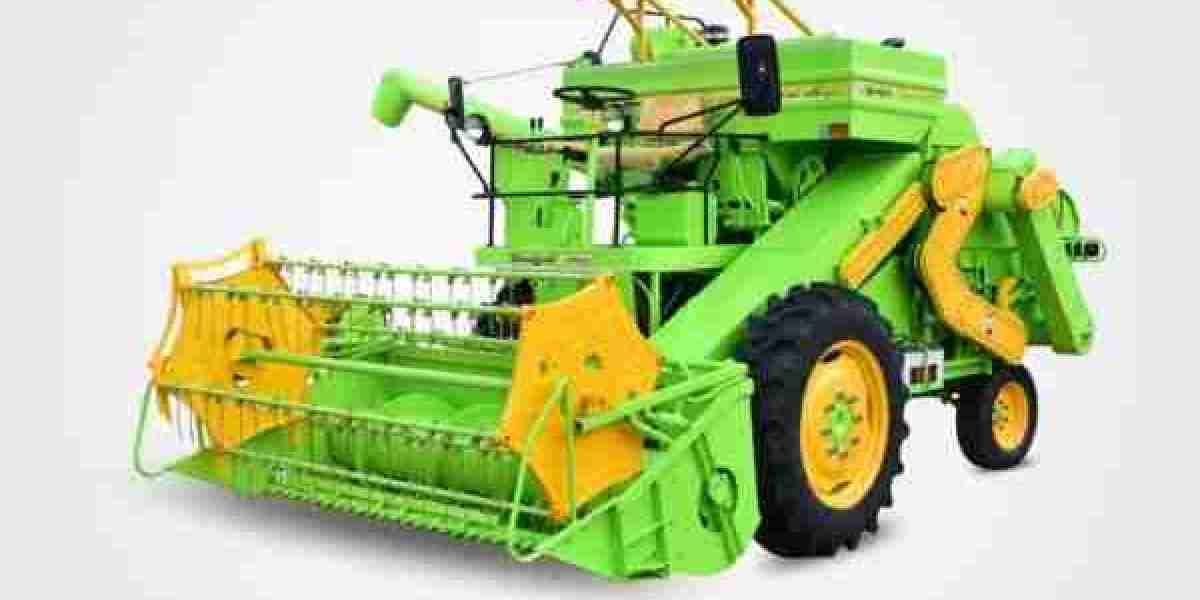Introduction to Track Harvester Machines
A track harvester machine is a powerful agricultural tool designed for harvesting crops such as wheat, rice, maize, and other grains. Unlike traditional harvesting equipment, track harvesters are equipped with tracks (similar to those on a tank) instead of wheels. This feature allows them to work efficiently in fields with wet or soft soil conditions, making them suitable for diverse farming environments. But the question arises: What exactly is a track harvester machine, and how can it benefit farmers?
How Does a Track Harvester Work?
Track harvesters are engineered to cut, thresh, and collect crops in one continuous operation. They operate by using a series of rotating blades and threshing mechanisms to separate the grain from the stalks. The track design helps the machine move smoothly across challenging terrain, preventing it from sinking in soft or muddy fields, which is common with wheeled harvesters. This makes them highly effective in areas with irregular terrain or after heavy rainfall.
Benefits of Using a Track Harvester
The primary advantage of a track harvester is its ability to perform well in diverse conditions. It minimizes the risk of soil compaction, ensuring that the land remains healthy for future planting. Additionally, track harvesters can harvest crops more quickly and efficiently compared to manual labor, significantly reducing harvesting time. This leads to improved productivity and faster crop processing.
Another key benefit is that these machines are built for durability and longevity. They can operate for long hours without facing the wear and tear that might affect wheeled machines in difficult field conditions.
Conclusion
Track harvester machines, although an investment, offer substantial benefits for farmers working on diverse and challenging terrains. They improve efficiency, protect soil quality, and enable faster harvests, making them a valuable addition to modern farming operations.



